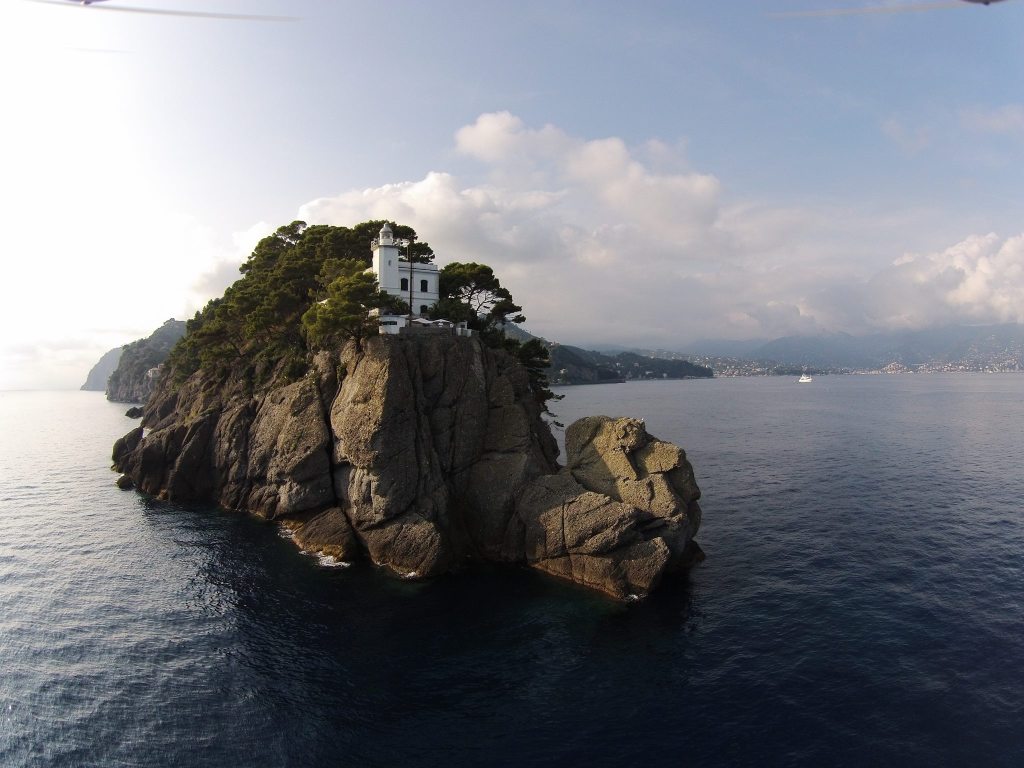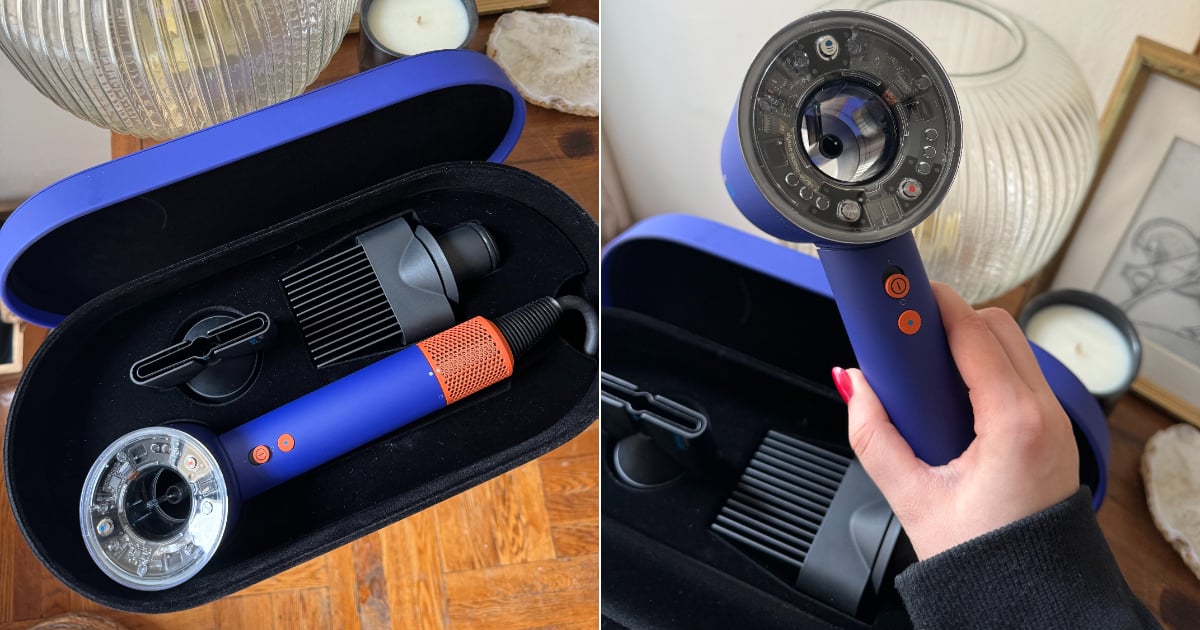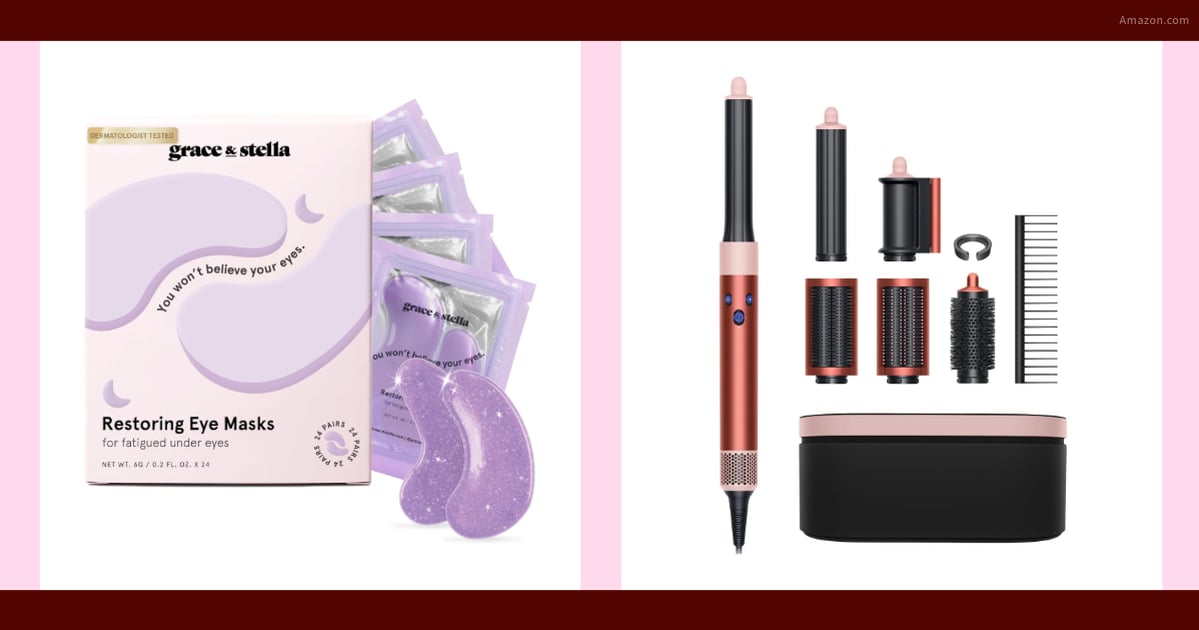When Dalida chanted about finding her love in Portofino in 1959, chances were she saw him strolling about the town’s iconic Piazzetta.
The main square overlooking the harbor of the Italian resort destination is known for being the hot spot’s key gathering point and has been attracting European aristocracy and the international jet-set to the colorfully painted houses, restaurants and luxury stores gravitating around it since the 1950s. Yet there’s life beyond the Piazzetta, and visitors are increasingly discovering it.
For one, a hike of a few kilometers from it leads both locals and tourists to the hillsides, where La Portofinese rises. Steep and narrow streets don’t allow for cars to reach the destination, which is nestled between rows of vines and olive trees. But “for those who do not like walking, we offer a transfer with a Piaggio porter,” says the agricultural company’s owner Mino Viacava.
Viacava hails from Portofino, with his family established in town for six generations. Not only is he the heart and soul of this project, which he launched as a give-back initiative to his homeland, but his ancestors’ history is intertwined with that of the Italian Riviera’s hot spot.
“I was born in the Piazzetta of Portofino, I am the son of bricklayers, but with the heart of a farmer,” Viacava says. “My grandfather always talked to me about the countryside, until his memories became my desire: I started by buying small plots of land, a few olive groves, until arriving to the actual three hectares of cultivated fields on the slopes of the mountain of the natural park of Portofino.”

Viacava says he launched La Portofinese “as a sign of gratitude and respect for my ancestors, who reluctantly left their sharecroppers’ work to look for jobs in the village.” An environmental mission was what kickstarted the whole project.
“We built many homes and villas here through the years, so around seven years ago we had the idea to explore sustainable practices,” Viacava says. “At the beginning, we shared the project with some of Portofino’s regular guests, like [late Vogue Italia editor in chief] Franca Sozzani, who really supported us…and we started by investigating [what] were the best ways within our means to start producing energy from new sources, as well as recovering existing ones, without ruining the natural landscape.”
In the first two years, Viacava developed projects like the installation of mini wind turbines and photovoltaic solar panels. But bureaucracy slowed their implementation on a community level, so he established a company within the perimeter of which he could continue to experiment with different solutions and invest in renewable energy. The recovery of abandoned land, and resuming ancient agricultural organic practices, followed.

To back the project financially and promote the land’s natural riches to a wider audience, the company banked on experiences, gradually adding a constellation of places extending from the park to the coast to offer visitors different ways to experience Portofino.
These include Eco-Farm, located on Portofino’s mountain and boasting a panoramic view of the gulf and access to nature, among Vermentino grapes, olive trees and an apiary for local honey production.
At the bottom of the Eco-farm, an ancient drying room has been revamped to house the Osteria of Coppelli — which serves tailor-made lunches and dinners both indoors and outdoors — and a cold pressing olive oil mill, where a small factory was created to process some products of La Portofinese’s brand, such as marmalades.

These venues offer experiences that encompass cooking classes with chefs and ingredients picked right from the garden, or the making of Ligurian focaccia prepared in an outdoor wood burning oven; picnics with local delicacies; hikes to be enjoyed solo or with a guide; meditation sessions in nature; bee workshops and tastings of La Portofinese’s Vermentino wine in the vineyard.
Each experience grants exclusivity — from couples to a group of friends up to a maximum of 20 people — since “we want to our guests to feel special, make them feel part of what we are living and this would be impossible in the presence of other guests,” Viacava stresses.
Not far from the two locations and nestled on the cooler side of the park, the Gassetta Mill hosts a small museum open to all visitors, a bar and restaurant with a terrace and a seasonal vegetables garden, including a hopyard for the production of homemade beer.

The company also manages Il Faro di Portofino — the lounge bar at Portofino’s lighthouse which boasts a stunning position on the promontory’s cliff, with a terrace overlooking the sea — that can be booked for private events. Reachable only by foot, it is open from morning to sunset and best known for its cocktails, including the La Portofinese Spritz made with prosecco, soda and the Limoncino liquor produced by the firm itself.
For an even more intimate experience, this spring La Portofinese unveiled Il Giardino del Faro, a small private garden on the way to the lighthouse with a few tables arranged in the shade of a lemon grove.

Also inaugurated at the end of April, Ü Caban is the most central outpost of the business, located a few steps from the Piazzetta and overlooking the yacht dock. Named after the word in the local dialect for a quality of crab, the venue acts both as a wine bar and a shop selling the agricultural company’s products. It stands out for being furnished like a boat, with teak floors and tables as well as armchairs and benches covered with ivory cushions with navy piping.
With a total of about 15 seats between indoors and the small balcony, the location serves a special aperitif menu of Ligurian delicacies recalling the maritime traditions of the village, such as the “gallette,” typical Genovese crackers, anchovies and dried tomatoes.

To promote the different experiences, Viacava says the company is collaborating with the Belmond Hotel Splendido and all the key luxury hotels scattered across Portofino and the nearby towns of Santa Margherita and Rapallo.
“Of course, tourists are the most interested in these kind of experiences, also because we recovered and tried to revamp these places according to how they looked in the past. So, for example, people visiting the Coppelli cellar are under the impression of stepping into an era that is long gone,” Viacava says.
Among all the locations, the founder says visits to the vineyard are the most requested ones, up to the point that the 2,000 bottles of Vermentino wine La Portofinese usually produces are immediately sold out. Available to purchase remotely by emailing the company, products in the catalogue also include the Coppelli’s olive oil and tomato sauce; liquors such as Limoncino and myrtle; honey, and nonalcoholic drinks like La Splendida lemonade, Gran Gioia orange soda, La Corsara tonic water and L’Eden Gioia iced tea.

Up next, Viacava aims to boost the production of beer, in sync with an ancient tradition dating back to Benedictine monks in the 18th century.
“I’m simply trying to work the land as it had been done in the past, without the use of pesticides or other chemical,” he says. “Our company is not a commercial project, we don’t deal with big [orders]. This is a project focused on the territory, which we want to improve. Now we would like to install factories to work and make all products locally. We started from the one for honey but we are aiming to add a mini brewery so that we can make everything beer-related there.”

Along with continuing to explore environmentally sustainable solutions, Viacava is also committed to continuing to hire young staffers.
“We started from five and now we’re around 30. They are passionate and have a lot of drive, and that’s our biggest satisfaction,” he concludes.



